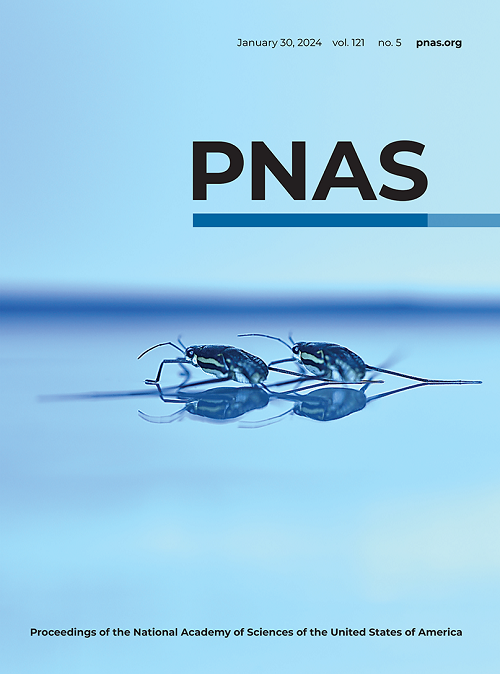WT1 directs normal progesterone receptor-chromatin binding essential for uterine receptivity at peri-implantation.
IF 9.1
1区 综合性期刊
Q1 MULTIDISCIPLINARY SCIENCES
Proceedings of the National Academy of Sciences of the United States of America
Pub Date : 2025-07-08
DOI:10.1073/pnas.2504361122
引用次数: 0
Abstract
Progesterone receptor (PR)-mediated progesterone (P4) signaling plays a crucial role in the establishment of uterine receptivity which is the prerequisite for successful embryo implantation in mammals. However, detailed molecular mechanisms underlying PR-chromatin binding and transcriptional activity in the uterus remain largely elusive. Here, combining the P4-administrated ovariectomized mouse model and PR-chromatin immunoprecipitation sequencing, we identified transcription factor WT1 as a potential cooperator of PR in the uterus. WT1 was specifically expressed in uterine stromal cells. Uterine deletion of Wt1 resulted in implantation failure due to attenuated P4 responsiveness in stromal cells and aberrant uterine receptivity. Mechanistically, WT1 physically interacted with PR in stromal cells, and exhibited genome-wide co-occupancy with PR. Furthermore, WT1 was indispensable for directing PR onto the chromatin via corecruitment and tethering manners, and facilitated PR to activate the transcription of target genes that were critical for uterine receptivity. Collectively, our study provided substantial evidence that WT1 served as a functional partner of PR in uterine stromal cells, thus guaranteeing P4 responsiveness conducive to uterine receptivity.WT1指导正常的黄体酮受体-染色质结合,这对着床期子宫的接受性至关重要。
孕激素受体(PR)介导的孕激素(P4)信号在哺乳动物子宫容受性的建立中起着至关重要的作用,而子宫容受性是胚胎成功着床的前提。然而,子宫中pr -染色质结合和转录活性的详细分子机制仍然难以捉摸。本研究结合p4给药的去卵巢小鼠模型和PR-染色质免疫沉淀测序,我们发现转录因子WT1是子宫PR的潜在合作者。WT1在子宫间质细胞中特异性表达。子宫Wt1缺失导致基质细胞P4反应性减弱和子宫接受性异常导致着床失败。在机制上,WT1在基质细胞中与PR发生物理相互作用,并表现出与PR全基因组共占用。此外,WT1在通过共招募和系聚方式将PR引导到染色质上不可或缺,并促进PR激活对子宫接受性至关重要的靶基因的转录。综上所述,我们的研究提供了大量证据,证明WT1在子宫间质细胞中作为PR的功能伴侣,从而保证了P4的响应性,有利于子宫的接受性。
本文章由计算机程序翻译,如有差异,请以英文原文为准。
求助全文
约1分钟内获得全文
求助全文
来源期刊
CiteScore
19.00
自引率
0.90%
发文量
3575
审稿时长
2.5 months
期刊介绍:
The Proceedings of the National Academy of Sciences (PNAS), a peer-reviewed journal of the National Academy of Sciences (NAS), serves as an authoritative source for high-impact, original research across the biological, physical, and social sciences. With a global scope, the journal welcomes submissions from researchers worldwide, making it an inclusive platform for advancing scientific knowledge.

 求助内容:
求助内容: 应助结果提醒方式:
应助结果提醒方式:


